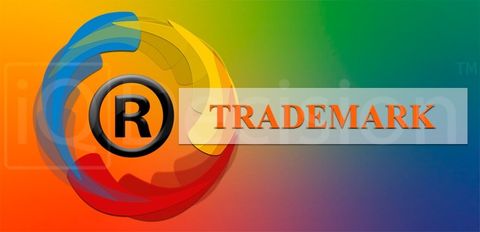Registering a word or design as a trademark is a common practice. But did you know that you can register a color as a trademark as well? By doing so, you can claim the exclusive right to use a color (or a combination of colors) in connection with specific goods or services.
Pursuant to the Lanham (TM) Act, any word, name, symbol or device, or any combination thereof may indicate a TM. If a color indicates the source of a product or service, it acts as a TM, too. Even a certain color can be legally protected as a TM under certain circumstances, for example:
- Tiffany Blue - used for packaging, boxes or retail services;
- Brown for United Parcel Service UPS - used for delivery service;
- Yellow for stickers.
To register a color as a TM, one must make sure that it indicates goods or services provided & doesn’t fulfill a functional purpose.
Using Words & Colors as TMs: Differences
As a word, a trademark can play a vital role in creating an association with a product or service. However, before using a color as a TM, one must make sure that a color TM is clearly distinguishable. Because words aren’t inherently descriptive, a word trademark must be different in size compared to other words (e.g. capital letters, typeface, design elements, etc.) & create an immediate association with a particular brand. Color, on the other hand, is a more subtle matter - it can only serve as a brand when associated with a specific product or service.
The acquired distinctiveness (also called "secondary meaning") is extremely difficult to establish, and it usually takes some time for a product to begin to be associated with a particular color. Factors such as length of use, cost of advertising, sales volume, and how the color is promoted are all very important. Even a song can be used to indicate a specific color.
Another important factor is how often colors are used in respective industries. Interestingly, that’s what made TTAB reject General Mills' bid to use a yellow background as a TM on boxes of Cheerios cereal. The irony of the situation was that General Mills had used a yellow background for seventy years & spent over four billion dollars advertising it. What’s more, a consumer survey sponsored by General Mills showed that nearly fifty percent of respondents recognized the Cheerios brand after being shown only an unmarked yellow rectangular field.
Color TM: Protection
Using a TM in a particular industry can play a crucial role in how much protection is afforded to color TMs. For example, after Christian Louboutin received registration for his iconic red, the color used on the leather soles of the company’s shoes, YSL challenged the registration because it believed it stopped it from releasing a monochromatic shoe collection (also red). After considering the appeal, the court ruled: because buyers around the world recognize red lacquered soles as inherently Louboutin, Louboutin can continue producing them; however, the company must ensure that the upper part of the shoes doesn’t merge with the red soles.
Additional Requirements
Applying for registration of colors as TMs must include a description of the colors and drawings. It must also be accompanied by a color sample comprising a color photograph showing how the colors will actually be made use of in connection with goods & services.
While registering a color TM isn’t easy, it might be worth the effort, especially if you believe that the color is critical to identifying your product or service. If you’re new to TM Law & don’t know where to start, your best bet would be to contact IQ Decision UK. Our legal experts will be happy to help overcome any legal issues you might encounter when registering a color as a TM.

















